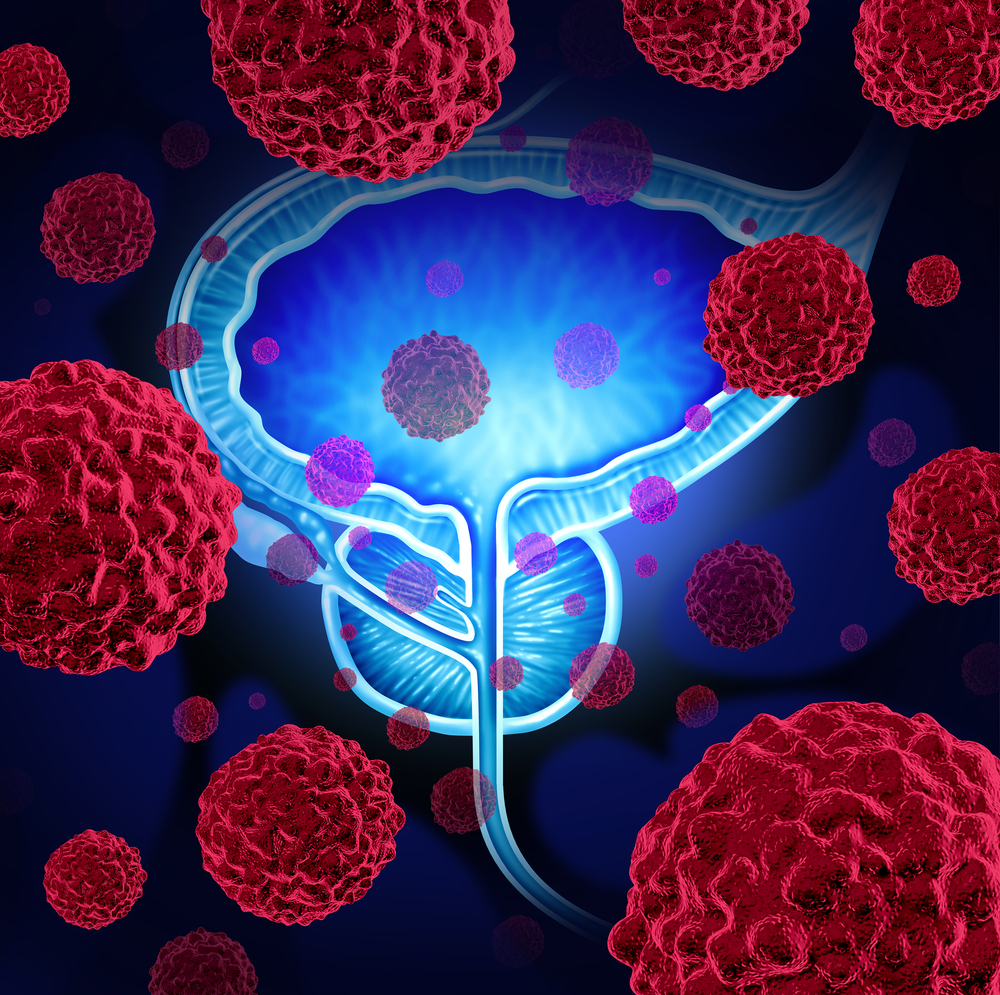
An easy to produce prostate cancer tracer, a substance vital for the discovery of cancers, has been developed by King’s College London PhD student Jennifer Young.
Known as 68Ga-THP-PSMA, the new tracer, which was developed with support from the National Institute for Health Research (NIHR) Biomedical Research Centre at Guy’s and St Thomas’ NHS Foundation Trust and King’s College London, can be made very quickly and easily in a radio-pharmacy, meaning that smaller hospitals and clinics can produce it. It is hoped that this will mean more patients will have access to high-quality lifesaving scans.
Tracers are radioactive dyes that are introduced, by injection or in liquid form, into a patient’s body before they have a positron emission tomography (PET) scan. As the tracer works its way around the body, organs and tissues affected by diseases such as cancer may absorb a higher or lower amount of the tracer than healthy tissues. The level of absorption can be detected by the scan and help specialists to detect disease.
Professor Philip Blower, from King’s School of Biomedical Engineering and Imaging Sciences, supervised Jennifer Young’s work with Dr Greg Mullen from radiopharmaceutical company Theragnostics. He said: “The tracer Jennifer has developed will give more patients access to potentially lifesaving scans. The low-cost and relatively straightforward production process means that smaller hospitals and not just the biggest specialist hospitals can produce it for their patients.
“We hope this will be the first of several tracers based on this technology for application to other cancers, not just prostate.”
Only men have a prostate gland, its main job is to secrete fluid that nourishes and protects sperm. Prostate cancer is the most common cancer in men and there are currently more than 330,000 people living with the disease in the UK alone.
Greg Mullen, CEO of Theragnostics, said: “We are proud to present the results of this Phase I study alongside our colleagues at the trial’s sponsor the Peter MacCallum Cancer Centre, and King’s College London.
“These data demonstrate the disruptive technology of 68Ga-THP-PSMA, by simplifying and speeding up current production, while providing increased imaging sensitivity to support the discovery of prostate cancer.
“We are rapidly moving forward with the clinical development of 68Ga-THP-PSMA, and working with regulatory bodies to address an unmet clinical need by bringing this technology to prostate cancer patients.”




